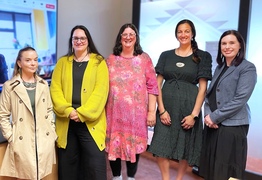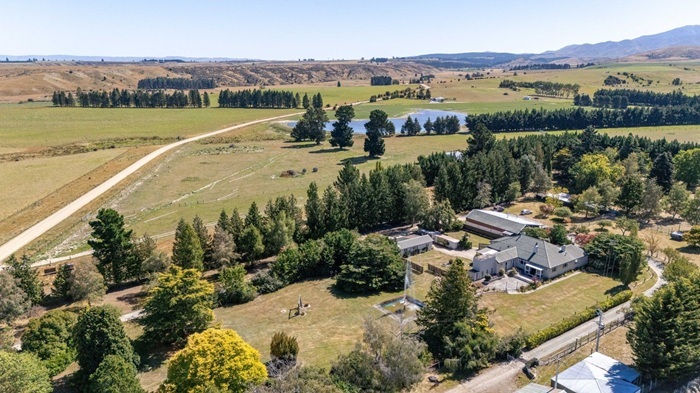New book captures Maniototo pioneering history
Anna Robb
08 May 2025, 6:00 PM
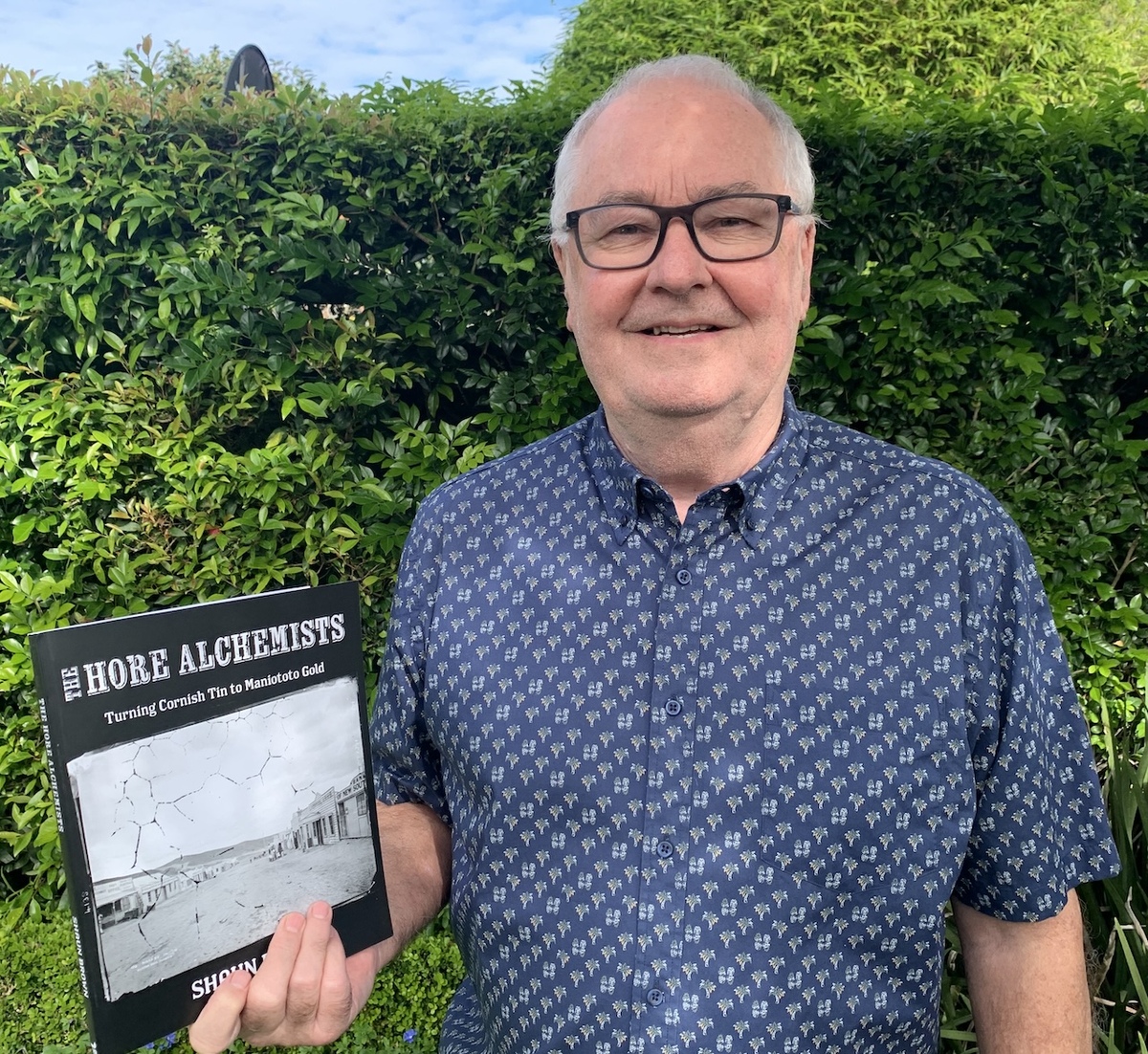 Shaun Brown with his new book due to be launched at Waipiata Hotel, Sunday May 11 at 2pm. PHOTO: Supplied
Shaun Brown with his new book due to be launched at Waipiata Hotel, Sunday May 11 at 2pm. PHOTO: Supplied A former journalist and broadcaster has spent four years uncovering the past of the Maniototo pioneers, and discovered stories of intrigue, sacrifice, tragedy and remarkable achievement.
Shaun Brown started out investigating his wife Felicity’s great grandfather, Silas Hore who came to Maniototo in 1869.
“I discovered he was just one of a dozen siblings and cousins who’d left tin-mining in Cornwall for the Central Otago gold rushes.
“I was fascinated by the scale of this exodus, its impact on the family members left behind and, above all, the extraordinary outcomes achieved by those who arrived in New Zealand.”
Sydney-based Shaun said he knew if he didn't tell these stories no one else would.
He researched online, accessing extensive archives in New Zealand and Cornwall, and spent time in both countries in the past year.
“We knew Felicity’s great grandfather had owned a store in Waipiata but we had no idea his siblings and cousins had also travelled to Maniototo and that many of them had stayed to build farming dynasties there.
“There must be hundreds of descendants of those Hore families still living in Maniototo, some of them unaware of their links to the extraordinary Hore diaspora.
Shaun said he had already met Hore descendants who’ve generously helped with information and photographs and he expected to meet many more at the upcoming book launch.
The book’s characters come from two large Cornish tin-mining families, closely related and both bearing the surname Hore, whose ancestors, for at least 300 years, had worked the tin on the isolated moor they called home.
In the 1860s, 14 offspring from both families answered the call of the goldrush, and came to Otago, ending up on the Hogburn (Naseby), Kyeburn and Hamiltons goldfields.
The subsequent generations married into other founding families, Inder, Howell and Tregonning, and together they formed the cornerstone of early Maniototo settlement.
Through their experiences, the book charts the transition from mining camps to permanent settlements built around farming.
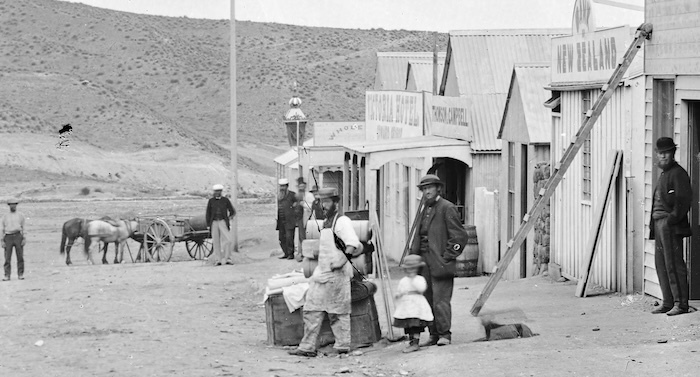
Naseby characters in 1870. PHOTO: Supplied
“I often reflect on how dramatically the lives of these pioneers and their descendants were transformed by their bold gamble to chase the gold. How could a young man labouring in the Cornish clay pits ever envisage that he would one day be a landowner and successful businessman and that his son would create a chain of jewellery stores that has become the largest in Australasia?
“And then there’s the two cousins, one digging clay the other working tin, who couldn’t possibly imagine the status two of their descendants would acquire when they became All Blacks.
“But it’s not just these lofty examples that testify to the successful future these pioneers created for their descendants. Throughout Otago and across the nation thousands of New Zealanders can trace their relative prosperity back to the courage and tenacity of these forebears.
“I hope my book helps them recognise and value the gift their ancestors gave them.”
Local historian Jim Sullivan will present a questions and answer session with Shaun on Sunday May 11, at Waipiata Hotel at 2pm
Learn more here: The Hore Alchemists - From Cornish tin to Maniototo Gold" by Shaun Brown book release
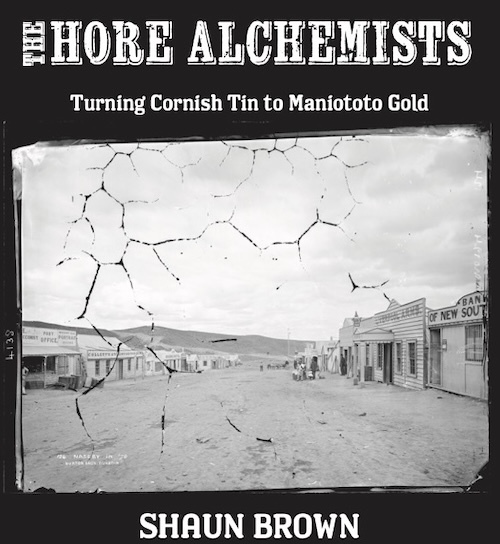
The cover of the new book, which includes 90 photographs and illustrations from the Maniototo's early days. PHOTO: Supplied
Have a story to share?
Contact [email protected]
NEWS
